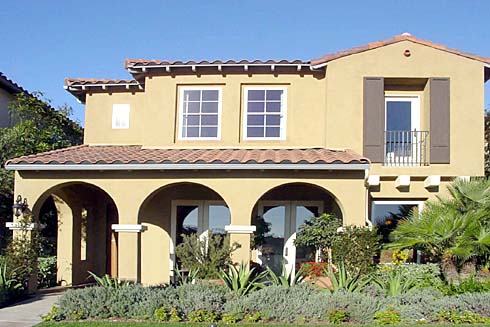SUBDIVISION
Unveiling the Promise of Possibilities: Exploring the World of Subdivisions in Real Estate
Introduction:
Defining Subdivisions:
A subdivision is a parcel of land that has undergone the process of division into two or more smaller lots. This transformation is not merely a physical delineation; it involves meticulous planning, platting, and recording in county land records. Once subdivided, the land is ready for individuals or builders to purchase lots and embark on the journey of creating homes and communities.
Key Components of Subdivisions:
Platting and Planning:
The subdivision process begins with the meticulous platting and planning of the land. Surveyors and developers work collaboratively to determine the optimal layout, considering factors such as access, utilities, and zoning regulations.
Recording in Land Records:
Once the subdivision plan is finalized, it is recorded in the land records of the county where the land is located. This official recording serves as a public record, outlining the boundaries, dimensions, and potential uses of the subdivided lots.
Availability for Purchase:
Subdivided lots become available for purchase by individuals or builders. These lots represent the canvas upon which homes, neighborhoods, and communities will be built. The availability of these lots creates opportunities for a diverse range of real estate stakeholders.
Builders and Construction:
Builders play a crucial role in the subdivision process. After purchasing lots, builders have the opportunity to construct houses, adding value to the subdivision and contributing to the growth of the local housing market.
Opportunities Presented by Subdivisions:
Individual Homeownership:
Subdivisions offer individuals the chance to own a piece of land and build their dream homes. The availability of smaller lots in well-planned subdivisions makes homeownership more accessible.
Community Development:
Subdivisions contribute to the development of vibrant communities. The carefully planned layout, amenities, and infrastructure in subdivisions enhance the quality of life for residents.
Economic Growth:
Builders investing in subdivided lots stimulate economic growth. The construction of homes generates employment opportunities, supports local businesses, and contributes to the overall economic vitality of the region.
Diversification of Housing Options:
Subdivisions provide a diverse range of housing options, catering to different preferences and lifestyles. From single-family homes to townhouses or condominiums, subdivisions accommodate a variety of housing needs.
Diversification of Housing Options:
Subdivisions provide a diverse range of housing options, catering to different preferences and lifestyles. From single-family homes to townhouses or condominiums, subdivisions accommodate a variety of housing needs.
Conclusion:
Subdivisions represent more than just divided land; they embody the potential for growth, community, and individual aspirations. As carefully planned canvases awaiting the strokes of development, subdivisions open doors for homeowners, builders, and communities to shape the future of real estate. In their essence, subdivisions symbolize the promise of possibilities, transforming vast tracts of land into vibrant and thriving neighborhoods.
MORE REAL ESTATE TERMS
A, B, C, D, E, F, G, H, I, J, K, L, M, N, O, P, Q, R, S, T, U, V, W, X, Y, Z
Featured New Home

Featured Mortgage Brokers
- EQUITY LOANS LLC, NEW CITY, NY
216 CONGERS RD STE 3A
NEW CITY, NY 10956 - FINANCIAL FREEDOM ACQUISITION LLC, IRVINE, CA
1 BANTING
IRVINE, CA 92618 - Ross Mortgage Corporation, mortgage broker in Royal Oak, MI
27862 Woodward Avenue
Royal Oak, MI 48067 - AMERICAN BANK, ROCKVILLE, MD
9201 CORPORATE BLVD STE 130
ROCKVILLE, MD 20850 - GUARANTEED RATE INC, PARSIPPANY, NJ
322 ROUTE 46 STE 170
PARSIPPANY, NJ 7054